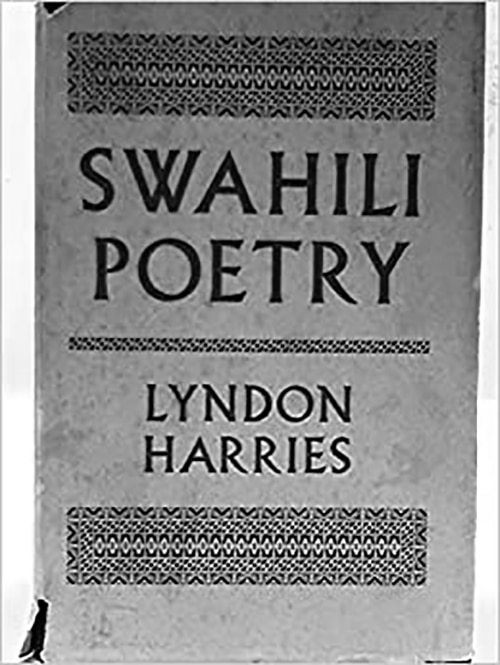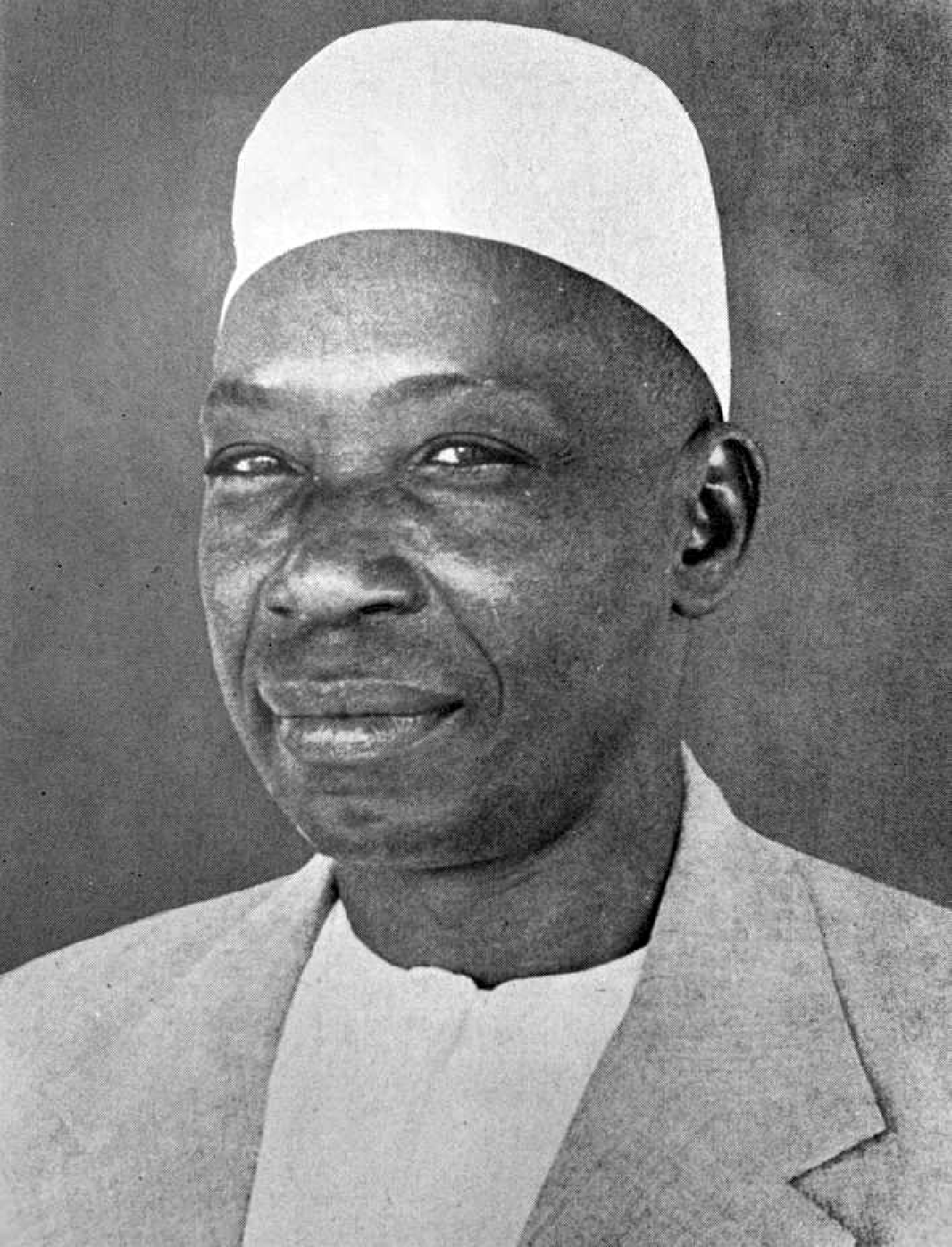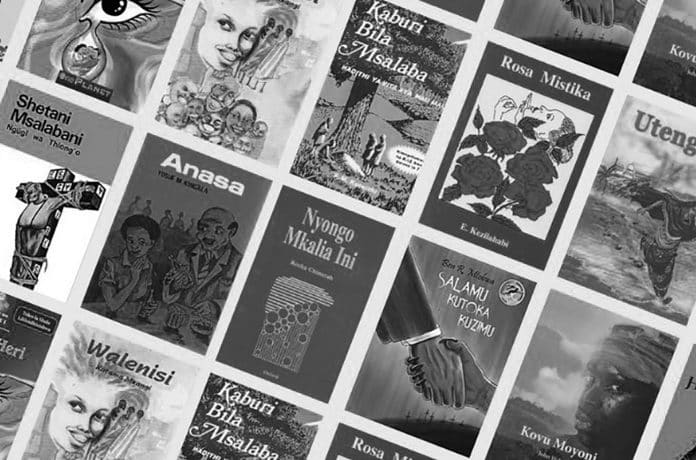The Outline of Swahili Literature – Classification, Fiction, Poetry and More
Swahili literature in general terms means writings in Swahili language especially by the Swahili people along the coast of East Africa and the nearby islands. It might also mean writings by people who use the Swahili language. It originated from the Bantu culture.

The initial literary works are traced to the start of the 18th century where all Swahili writings were in Arabic calligraphy. Jan Knappert focused on the translation of a poem in Arabic named Hamziya dated 1652 to be the first writing in Swahili. By the start of the 19th century, orientalists and missionaries imported the Latin script when writing in Swahili language.
Features of Literature in Swahili
Many scholars in the west had focused on researching Swahili literature from the 19th century. Controversy exists regarding objectivity since some scholars attempted to create a precept of Swahili writing.
Among the most significant features of Swahili writings is Swahili language’s proportionate heterogeneity. One can discover works written in Kimvita, Kiamu, Kiunguja, Kipemba, Kimtang’ata, Kimrima, Ki-Nairobi, Ki – Dar es Salaam, and all are taken to be Swahili varieties.
Some scholars in the west like Jan Knappert have sometimes considered Swahili literature as Islamic. Some experts like Ibrahim Noor Shariff and Alamin Mazrui have criticized this approach. In fact, there has been the production of secular works in Swahili poetry by poets like Muhammad Kijuma and Muyaka bin Ghassany.
As a result of this interest and orientalist exploration of the Swahili language and culture, many theses about Swahili literature bear origin away from its native location.
Categorization
Swahili literature has three classes of genres: ushairi (poetry), tamthilia (drama or play), and Riwaya (the novel). However, scholars point out an issue in the literary categorization since the feeling of orientation relating to genre doesn’t work appropriately for Swahili writing.
The absence of decisive and clear parameters for categories can be portrayed by the union of written and oral forms of literature. Rajmund Ohly pointed out the naming of categories as not defined well and the vagueness of denominations while distinguishing class structures.
Fiction
The fiction in Swahili writings primarily included oral narrative culture. It was only in the 1940s when Swahili got written fiction. Contemporary Swahili literature directly resulted from the language’s standardization.
Initially, writers used to write in a special dialect portraying their connection to a particular dialect, like Mombasa, Lamu, or Tanga. Swahili’s

standardization inspired writers, including Lyndon Harries and George Mhina to boost Swahili’s development by forming a literary compilation.
Poetry
In general, Swahili poetry originates from Arabic poetry. Ushairi ((Shîir for poetry in Arabic) or Swahili poetry is still inscribed in a conventional way. A narrative revealed that traditional poetry is made for singing instead of reading.
It originated from Kenya in the northern coastal cities of Pate and Lamu before extending to Zanzibar, Tanga Region, and other neighboring locations. The poetic culture still exists today with pieces usually published in local newspapers including in taarab songs and operas common at the Swahili coast and Zanzibar.
Nevertheless, some fundamental differences exist between Swahili and Arabic poetry. With a lot of African influence, it’s hard to compare the two poems for uniqueness.
Classical poetry can be categorized into various groups regarding content and form. It can be lyrical, didactic, or epic, secular, or religious. Instances of narrative poetry (utenzi) include Utenzi wa Shufaka and Bwana Mwengo’s Utendi wa Tambuka (from around 1728).
There was a practical restriction on the use of Swahili prose for utilitarian purposes until recently. Nevertheless, the classical art of oral manifestation in poetry has created various valuable works. Its features include heroic songs, homiletic aspects, humorous dialogues, and folklore ballads that accurately portray cultural beliefs, Swahili life, and traditions.
Resulting from the immediate classical facet of Swahili literature, particularly during the 19th century, interpreting most poems is hard because of lacking knowledge regarding the context for writing the poem.
Famous Literary People

- John Hamu Habwe from Kenya
- Farouk Topan from Zanzibar
- Abdilatif Abdalla (1946-) from Kenya
- Christopher Mwashinga (1965) from Tanzania
- Kyallo Wadi Wamitilla from Kenya
- Said Ahmed Mohamed
- Ebrahim Hussein (1943- ) fromTanzania
- Mwenda Mbatih from Kenya
- Muhammed Said Abdulla (1918-1991) from Tanzania
- Haji Gora Haji from Zanzibar
- Fadhy Mtanga (1981 -) from Tanzania
- Ken Walibora from Kenya
- Pera Ridhiwani (1917–1997 ) from Tanzania
- Katama Mkangi (1945-2004) from Kenya
- May Balisidya (- 1987) from Tanzania
- Ali Alamin Mazrui (1933-2014) from Kenya
- Mzee Hamis Akida (1914 – 2007) from Tanzania
- Shaaban bin Robert (1909-1962) from Tanzania
- Said Khamis (1947-) from Zanzibar
- Mohamed Suleiman Mohamed (1945-) from Zanzibar
- Adam Shafi Adam (1940-) from Zanzibar
Other Important Things to Know About Swahili Literature
- Swahili literature books – Goodreads.com Swahili Books
- Swahili literature Pdf – Researchgate.net Kiswahili Literature in Crisis
For more articles related to Tanzania Swahili language click here!































